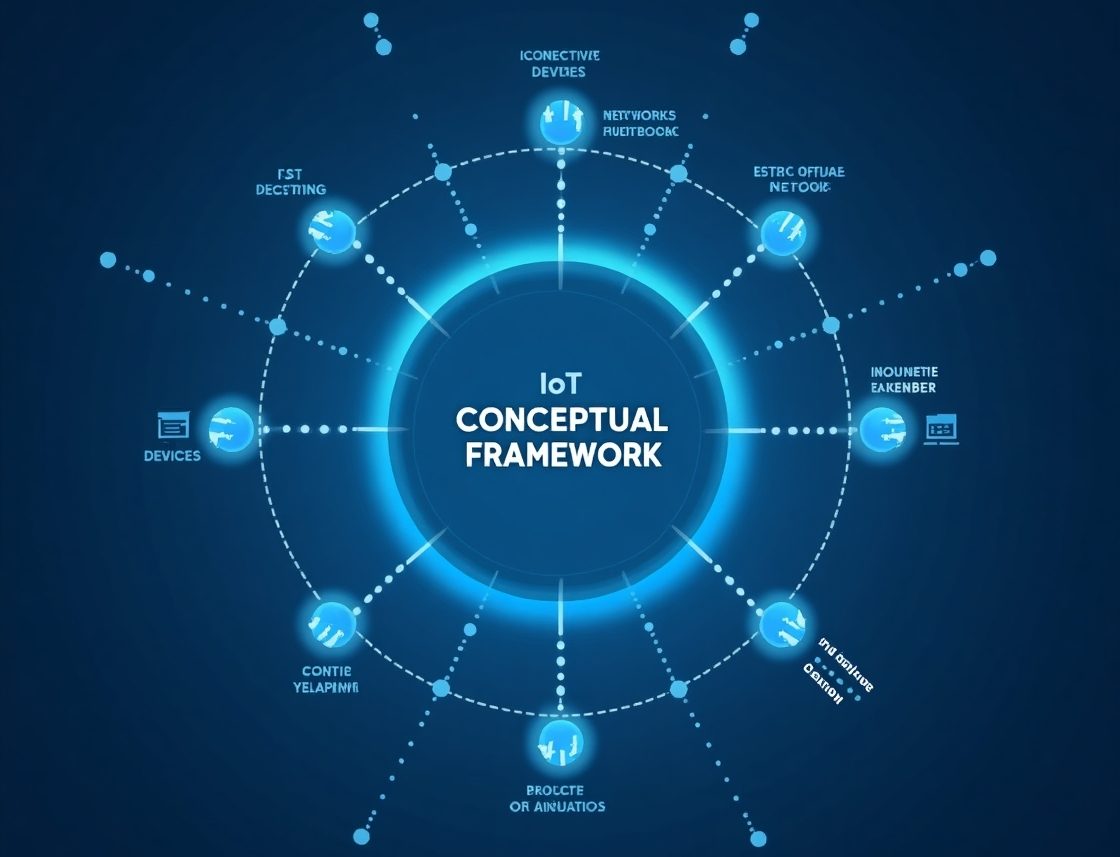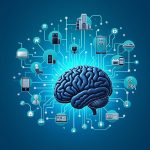IoT Conceptual Framework: Understanding the Core Structure
The Internet of Things (IoT) is transforming industries by enabling smart connectivity between devices, applications, and cloud-based systems. To build efficient and scalable IoT solutions, a conceptual framework is essential. This framework outlines the essential layers, components, and functionalities that define IoT systems. In this blog, we will explore the IoT conceptual framework, its components, and how it facilitates seamless integration and automation in various industries.
What is an IoT Conceptual Framework?
An IoT conceptual framework is a structured model that describes the essential building blocks of an IoT system. It provides a clear understanding of how IoT devices, communication networks, data processing, and application services interact. This framework helps organizations design, deploy, and manage IoT solutions effectively while ensuring security, interoperability, and scalability.
Key Components of the IoT Conceptual Framework
The IoT framework consists of multiple layers, each responsible for specific functions. These layers include Perception Layer, Network Layer, Processing Layer, Application Layer, and Security Layer.
1. Perception Layer (Device Layer)
The perception layer is the foundation of IoT architecture, comprising physical devices and sensors that collect real-world data. This layer includes:
- Sensors (temperature, humidity, motion, etc.)
- RFID tags and readers
- Cameras and biometric devices
- Embedded systems and microcontrollers
The data collected from these devices is transmitted to the next layer for processing.
2. Network Layer (Communication Layer)
The network layer is responsible for transmitting data between IoT devices and the cloud or edge computing infrastructure. It uses various communication protocols, including:
- Wi-Fi, Bluetooth, and Zigbee (short-range communication)
- LoRaWAN and NB-IoT (low-power wide-area networks)
- 5G and LTE (high-speed mobile networks)
- MQTT, CoAP, and HTTP (IoT messaging protocols)
Efficient data transmission ensures real-time monitoring and decision-making.
3. Processing Layer (Edge and Cloud Computing)
The processing layer handles data storage, analysis, and computing. It consists of:
- Edge computing (real-time processing near the data source)
- Cloud computing (scalable data storage and advanced analytics)
- AI and Machine Learning algorithms (predictive analysis and automation)
This layer ensures that only relevant and processed data is sent to applications, reducing latency and improving efficiency.
4. Application Layer (User Interface & Services)
The application layer provides end-user services and interfaces. It includes:
- Smart home applications (IoT-enabled home automation)
- Industrial IoT (IIoT) (smart manufacturing and predictive maintenance)
- Healthcare IoT (remote patient monitoring and smart wearables)
- Smart cities and transportation systems
This layer bridges the gap between IoT technology and practical applications, ensuring user-friendly experiences.
5. Security Layer (Data Protection & Privacy)
IoT security is a crucial component that protects devices, networks, and data from cyber threats. Security measures include:
- Data encryption to prevent unauthorized access
- Secure authentication for IoT devices and users
- Intrusion detection systems (IDS) for real-time threat monitoring
- Blockchain for decentralized security
Security ensures trust, privacy, and reliability in IoT ecosystems.
Benefits of the IoT Conceptual Framework
The IoT conceptual framework provides several benefits, including:
- Interoperability: Ensures seamless communication between diverse IoT devices and platforms.
- Scalability: Supports growing IoT networks with efficient data processing and storage.
- Efficiency: Optimizes resource utilization through real-time analytics and automation.
- Security: Protects IoT infrastructures from potential cyber threats and vulnerabilities.
- Cost-Effectiveness: Reduces operational costs through predictive maintenance and automation.
Conclusion
The IoT conceptual framework serves as the foundation for building robust and efficient IoT systems. With structured layers such as the Perception Layer, Network Layer, Processing Layer, Application Layer, and Security Layer, IoT enables seamless connectivity, automation, and data-driven decision-making across industries. As IoT continues to evolve, this framework will play a vital role in shaping the future of smart technology and digital transformation.



